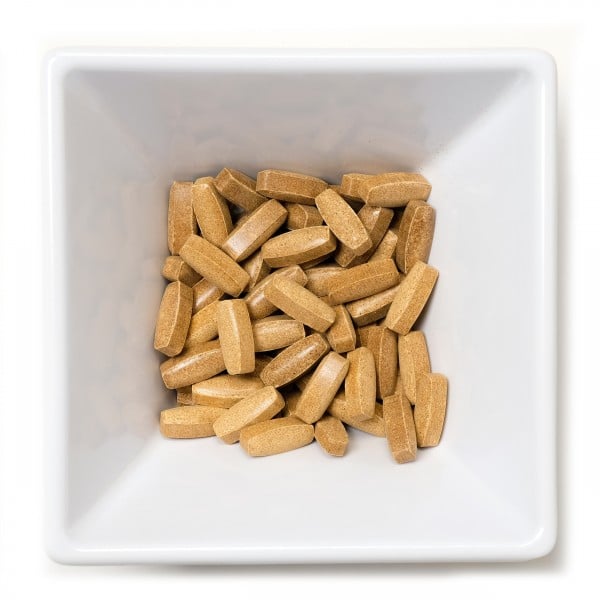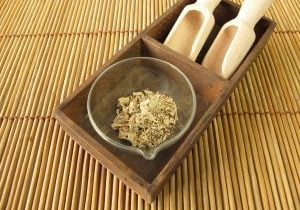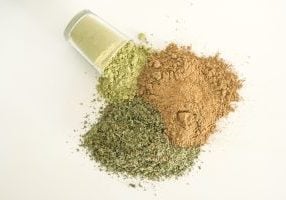Maybe you’ve heard the word “kratom” mentioned by a friend, colleague, or family member. Perhaps you’ve even tried it but don’t know exactly where it comes from or how this product became so popular in the first place. If you’ve ever been curious about this botanical or are just getting around to researching it, we hope you’ll find us helpful as we guide you through its history and uses over the centuries to today.
So what exactly is kratom?
Kratom is a tropical evergreen tree indigenous to several Asian countries including Thailand, Indonesia, the island of Borneo, Malaysia, Myanmar, the Philippines, and Papua New Guinea. It’s a pretty tall tree, averaging around 50 feet. In perfect conditions the tree can reach as high as 80 or more feet. Mitragyna speciosa, which is one of seven members of the Mitragyna species, is the Latin name for kratom. When it comes to native English speakers, there’s several different ways we’ve heard the word pronounced, like “kray-tum,” “krah-tum” and “kruh-tom.” Around here, we tend to say kratom like it rhymes with “atom,” but it seems that no particular pronunciation is more correct than another.
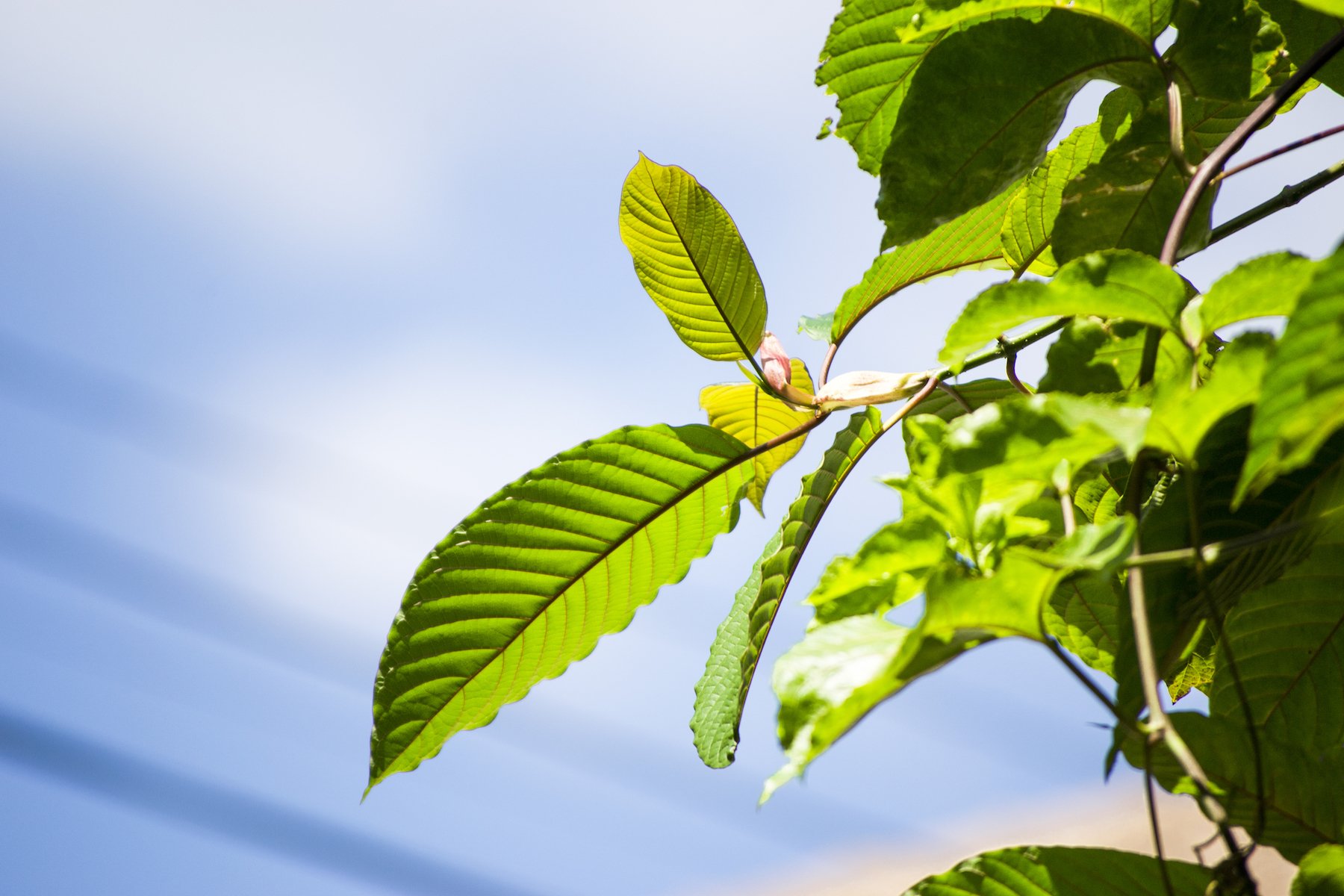
What’s cool is that Mitragyna is a genus of Rubiaceae, a family of flowering plants where you’ll find coffee as well!
Kratom grows well in warmer habitats, however it is not impossible to grow in colder climates. In general, the tree itself is difficult to grow. You can start from seeds or clippings, but they are prone to fungus and other unwelcome nuisances if not prepared and cared for in exact detail.
People in Southeast Asia have chewed on kratom leaves or brewed dry leaves as tea for hundreds of years. Although the leaves are edible when raw, most folks nowadays will dry and grind the leaves to create a fine powder more suitable for quick consumption.
What sets kratom apart from other natural ingredients are the compounds mitragynine and 7-hydroxymitragynine, which can only be found in that combination within this plant. These two compounds are active alkaloids, or naturally occurring plant chemicals, present in kratom leaves.
How do you take Kratom?
M. speciosa products are available in a wide variety of intake methods. With a plethora of products, from liquid tinctures to tea and crushed leaves to capsules, there’s an option to suit pretty much everyone’s preferences. For various reasons, some intake methods are better than others for different people, so we recommend that you take some time to look into those methods and find what works for you.
Who takes kratom?
First let’s go over why and how other people have made use of M. speciosa. Spanning Asia to Africa, kratom has been consumed in several cultures for religious ceremonies, hospitality, rituals, and other routine purposes.
Today there are numerous reasons someone would choose a natural ingredient like kratom, with people in the US opting for this product for a range of uses. The consumer base is widespread and diverse. For example, kratom is popular among veterans and scientists, health care professionals and older adults, as well as other groups of various ages, professions, and demographics. The American Kratom Association estimates that around 5 million Americans use kratom regularly.
There’s a lot more to learn about kratom, much of which will be unlocked with proper and unbiased scientific study. Until this botanical receives the well-deserved attention it needs, it’s a smart idea to do your own research, talk to some friends or peers that partake, and know that we’ll help you as much as we can!
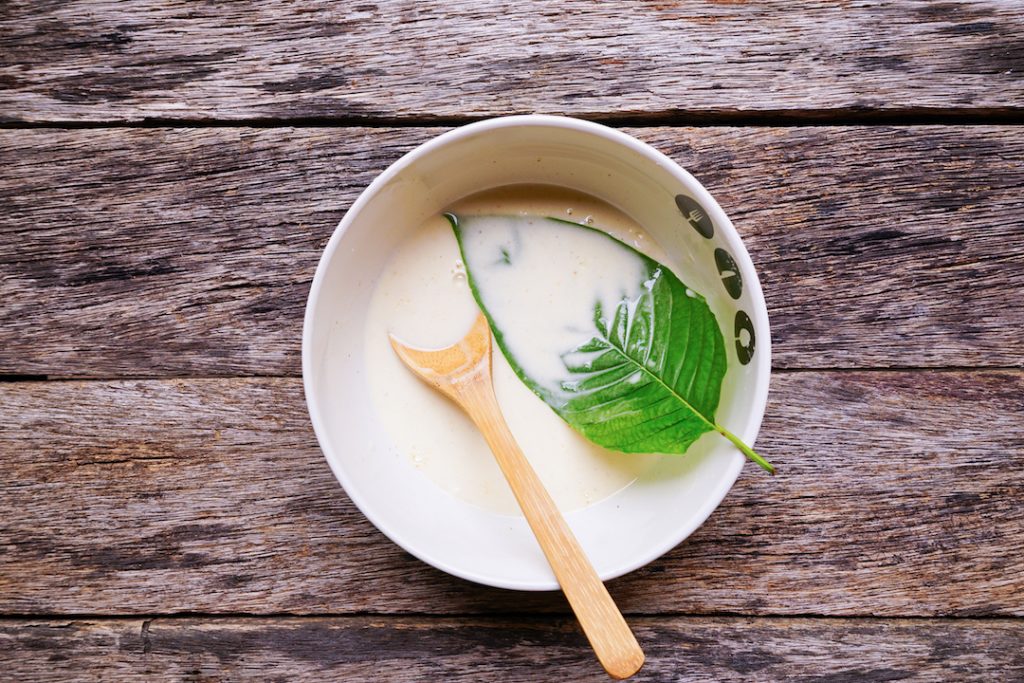
Is kratom legal?
While kratom is legal in the US, there are six statewide bans (Alabama, Arkansas, Indiana,
Rhode Island, Vermont, and Wisconsin) and several cities or counties within non-banned states where you can’t purchase kratom. The best way to combat these prohibitions – and the misinformation that drives them – is to become active with kratom advocacy groups, reach out to government officials when necessary, and support current and future research. Make sure to stay updated on frequent changes in laws as well.
A large misconception about kratom is that it is an unregulated product. But there are actually many “good actors” in this industry, vendors that embrace self-regulation to provide the highest quality products and ensure the health and safety of their customers. When a company prioritizes consumers, they strive to make their facilities, processes, products, and marketing compliant with current Good Manufacturing Practices (cGMP) set forth by the Food & Drug Administration (FDA). This includes labelling that contains important information such as ingredient listing, age limitations (if necessary), storage instructions, suggested servings, caution statements, and more.
Within the past decade, kratom distribution has become a booming industry with a lot of participants in both the sale and consumer sides. We encourage you to build a relationship with your vendor so you know exactly what you’re buying. This will give you the peace of mind that comes with familiarity and transparency.
Closing
Self-care is important, and what a wonderful thing it is to witness our loved ones take control of their lives – and to experience that freedom for ourselves! Making choices in regard to our health and happiness can be simple for some but difficult for others, and no one should have to stress out wondering what could go wrong at every little step. That’s why we’re here to share what we’ve learned about kratom from years of research and product development.
We know that informed consumers make the best customers, and we’ll do everything in our power to educate the public and end the stigma surrounding this plant. Join us in this journey by receiving updates via our email newsletter and following our twitter @KrakenKratom. Don’t forget to check out our online store!

